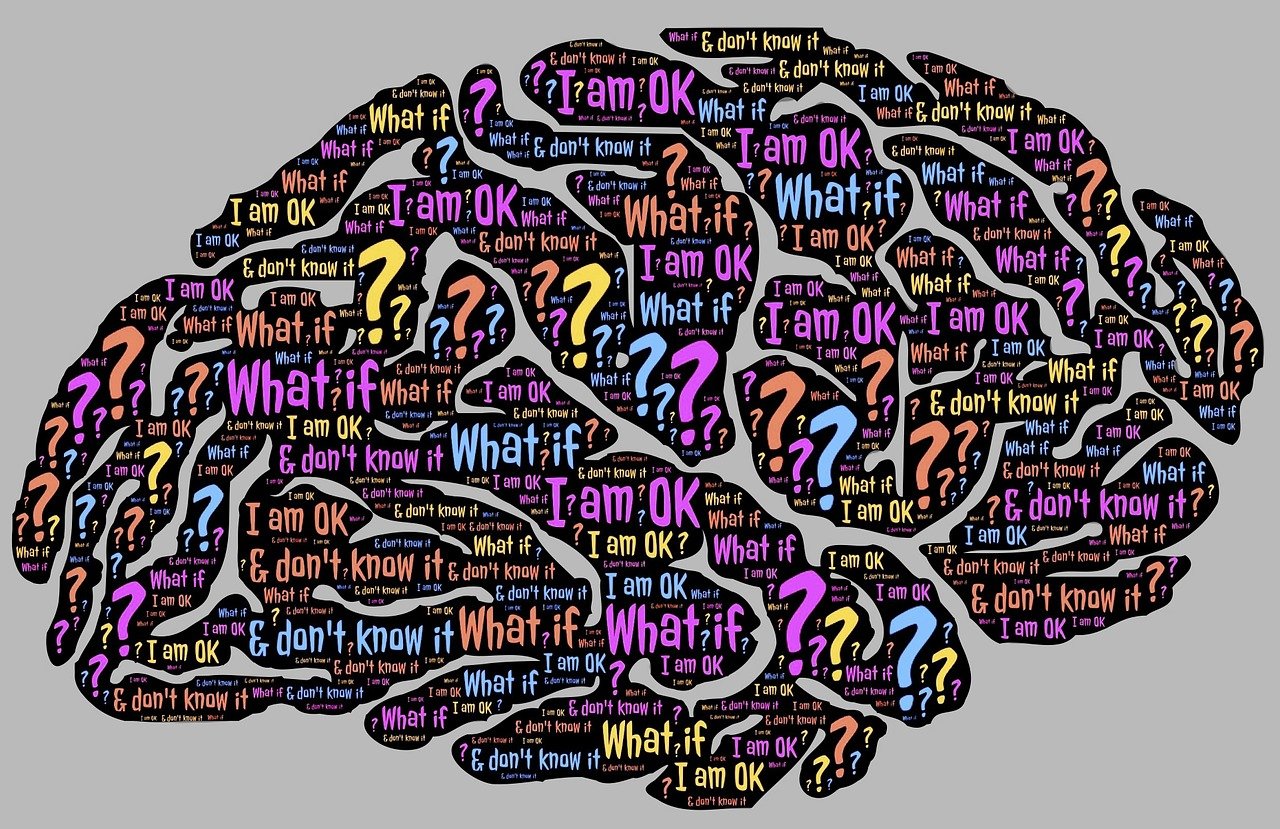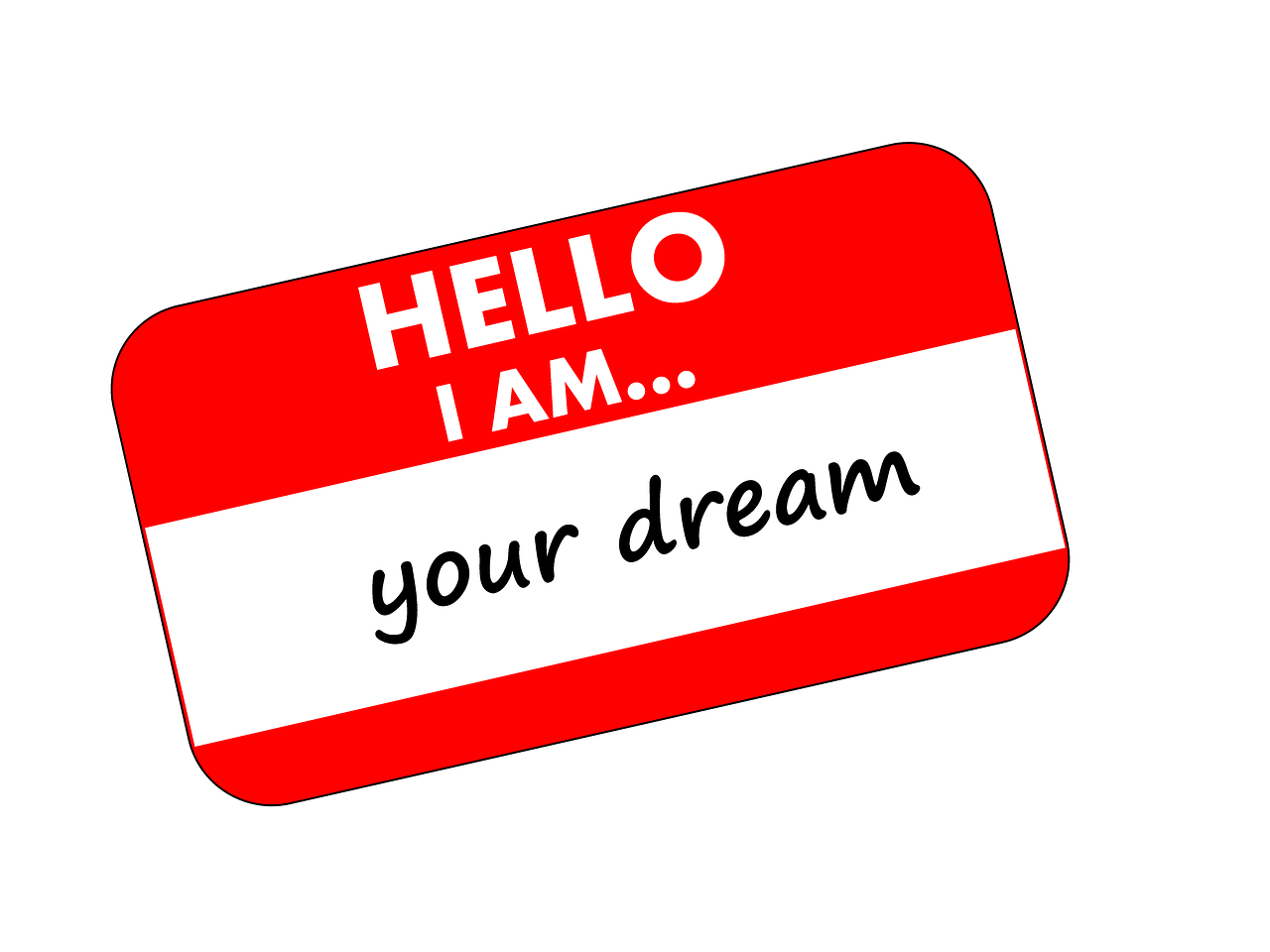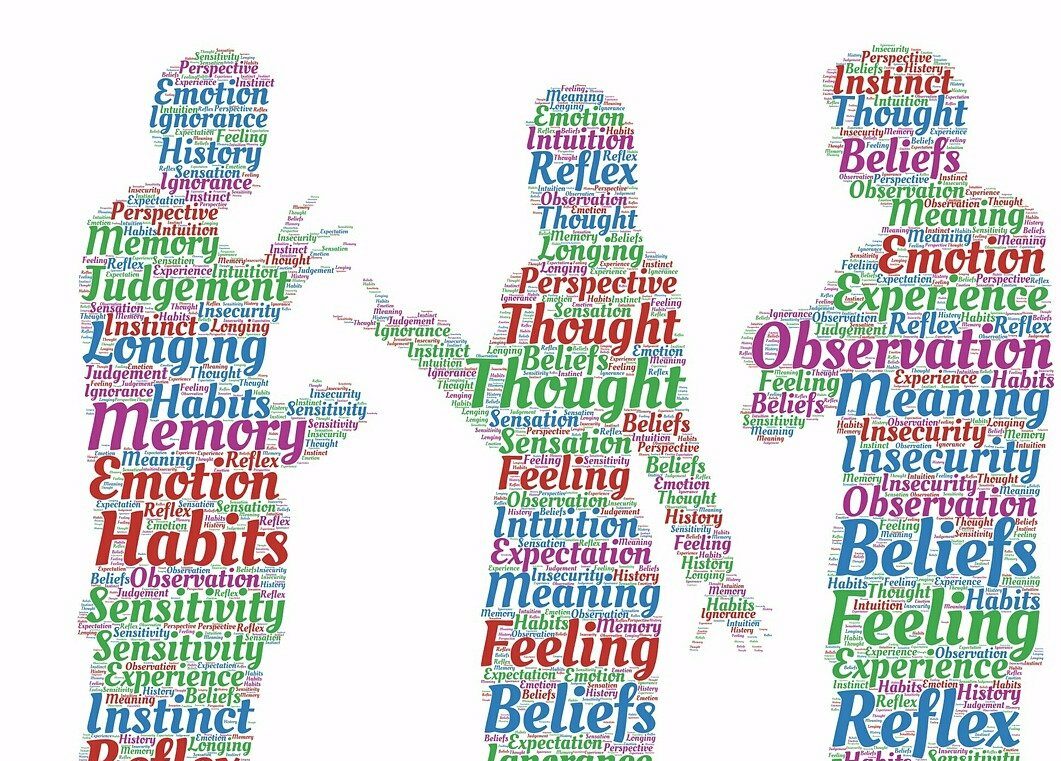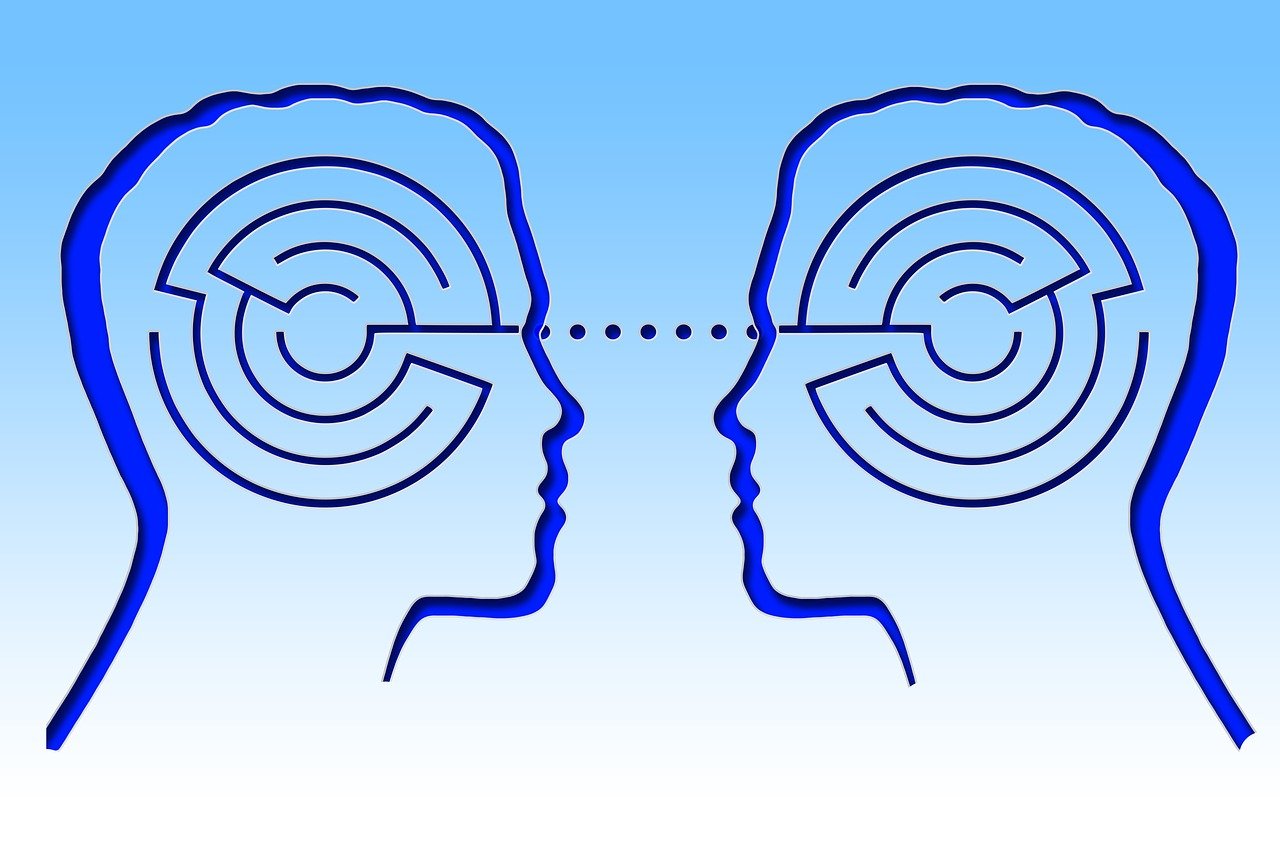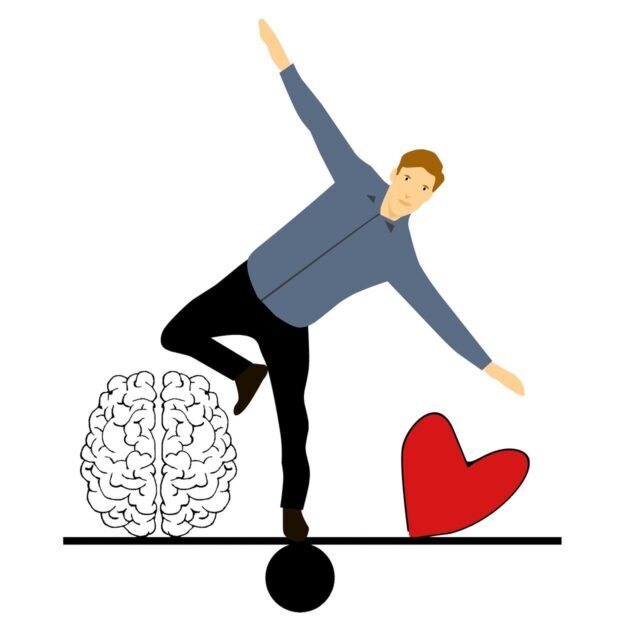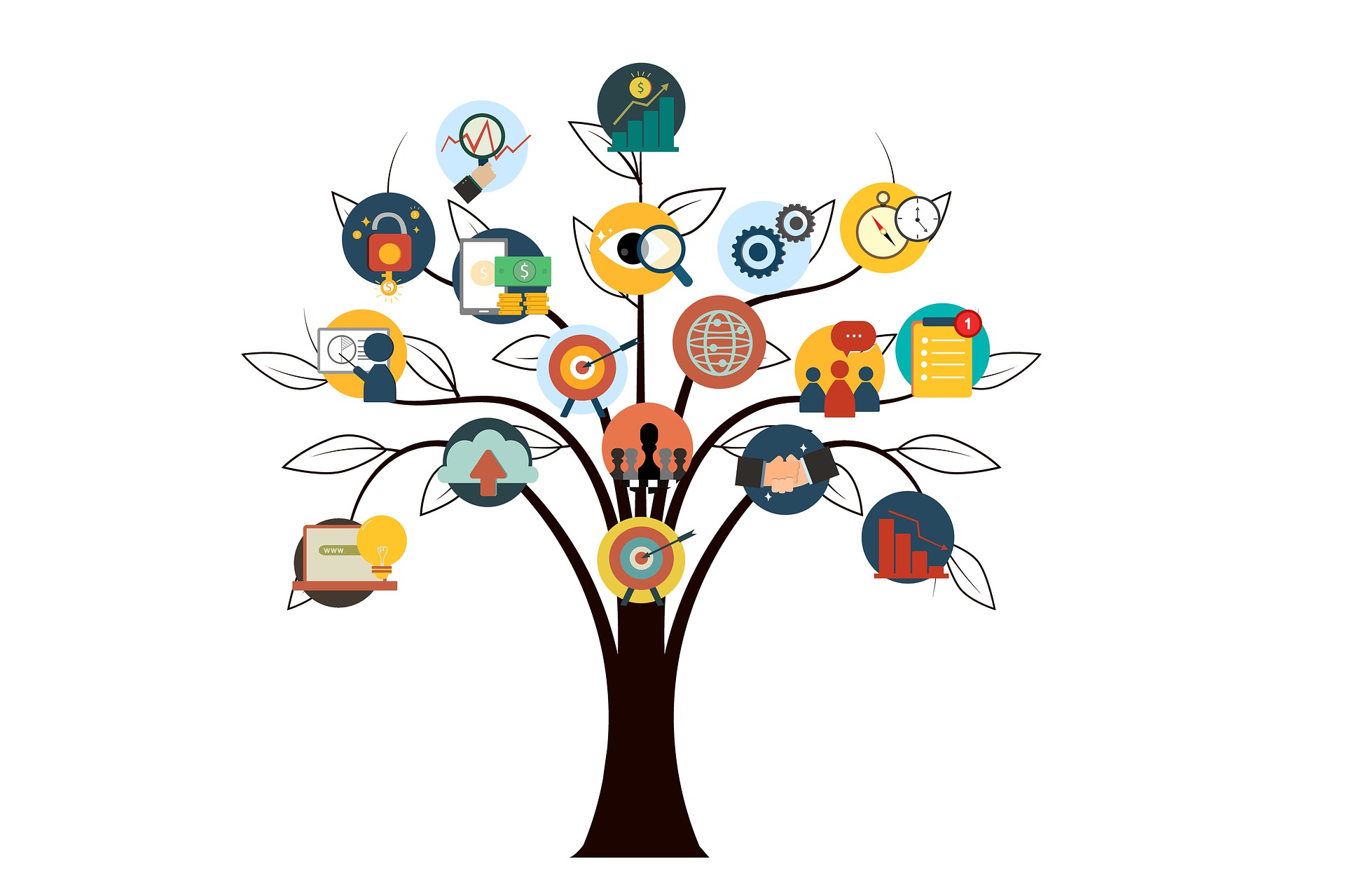Category: Bowen Theory
How does intelligence get stupid? How is it that politicians can get involved with affairs, misuse funds, and promote false information? Many politicians have degrees from prestigious universities, so they clearly are NOT unintelligent or uneducated.
Perceptions matter - just ask your genes! A newer field of study in biology is called social genomics. It is the study of how and when different genes are activated based on social interactions. On one level, it is very obvious that relationships aff
Emotional demands and expectations go together For most organisms, including humans, the developmental trajectory involves an individual becoming more and more capable and responsible for taking care of their own needs. Maturation is associated with
What can Parents Learn from Obedience Training? Humans domesticated dogs around 15,000 years ago. More recently, we have trained dogs to recognize the emotional state of individuals with PTSD in order to help those individuals cope with aspects of PT
Can one be selfishly wise? Dr. Kerr has a phrase that is familiar to those in the Bowen community: "How does one be for self without being selfish and be for others without being selfless? " Most of us do not see selfishness as good behaviour. On the
Triangles are mechanisms to deal with the tension or discomfort that will inevitably arise in a two-person relationship. This is because most individuals are not highly differentiated. We have a level of immaturity that leads to tension in our relati
Emotional Maturity - What is it? A challenge with discussing Bowen Theory is that the terms emotion and emotional system mean something different from the usual understanding that equates them to feelings. Dr. Bowen believed emotions to be more like
From the Archives - Chronic Anxiety in Physical Illness Dr. Bowen spoke at a conference on cancer in 1978 about his thinking of how a disease like cancer could develop. It was quite different thinking at the time. He started by making the point that
Function UP in 2023 It's that time of year when I think about my intentions for functioning up in the coming year. A systems perspective has me thinking about how I'm functioning in my family and workplace systems. The concept of functioning is an im

